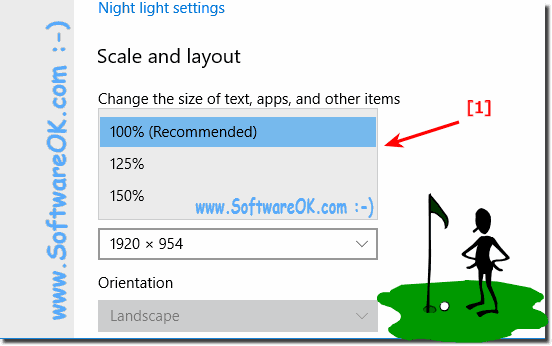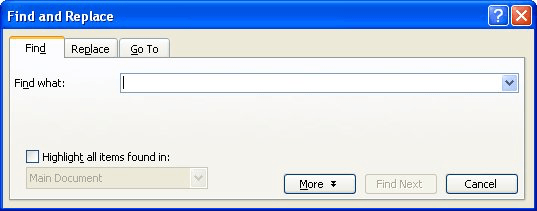
- #TOO HARD TO SWITCH FONTS AND BOLDFACE IN WORD FOR MAC HOW TO#
- #TOO HARD TO SWITCH FONTS AND BOLDFACE IN WORD FOR MAC INSTALL#
- #TOO HARD TO SWITCH FONTS AND BOLDFACE IN WORD FOR MAC FULL#
- #TOO HARD TO SWITCH FONTS AND BOLDFACE IN WORD FOR MAC MAC#
- #TOO HARD TO SWITCH FONTS AND BOLDFACE IN WORD FOR MAC WINDOWS#
#TOO HARD TO SWITCH FONTS AND BOLDFACE IN WORD FOR MAC MAC#

Control–Power button* or Control–Media Eject : Display a dialog asking whether you want to restart, sleep, or shut down.Control–Shift–Power button* or Control–Shift–Media Eject : Put your displays to sleep.Option–Command–Power button* or Option–Command–Media Eject : Put your Mac to sleep.Power button: Press to turn on your Mac or wake it from sleep. Press and hold for 1.5 seconds to put your Mac to sleep.* Continue holding to force your Mac to turn off.This helps you to avoid using them unintentionally. You might need to press and hold some of these shortcuts for slightly longer than other shortcuts. Command-Comma (,): Open preferences for the front app.Shift-Command-N: Create a new folder in the Finder.Or use Shift-Command-3 or Shift-Command-4 for screenshots. Shift-Command-5: In macOS Mojave or later, take a screenshot or make a screen recording.Command-Tab: Switch to the next most recently used app among your open apps.Space bar: Use Quick Look to preview the selected item.
#TOO HARD TO SWITCH FONTS AND BOLDFACE IN WORD FOR MAC FULL#
#TOO HARD TO SWITCH FONTS AND BOLDFACE IN WORD FOR MAC HOW TO#
Learn how to change a conflicting keyboard shortcut.) (If you use multiple input sources to type in different languages, these shortcuts change input sources instead of showing Spotlight. To perform a Spotlight search from a Finder window, press Command–Option–Space bar. Command–Space bar: Show or hide the Spotlight search field.
#TOO HARD TO SWITCH FONTS AND BOLDFACE IN WORD FOR MAC WINDOWS#
To close all windows of the app, press Option-Command-W.

#TOO HARD TO SWITCH FONTS AND BOLDFACE IN WORD FOR MAC INSTALL#
If you choose a replacement font for the document, then later install the missing font, your document continues to use the replacement font until you replace it with the font you installed. If you have the missing font and want to install it on your computer, use Font Book, available in the Applications folder on your Mac (see the Font Book User Guide for instructions). In the notification, click Show and choose a replacement font. When you open a document that uses fonts not installed on your computer, a missing font notification appears briefly at the top of the document. The replacement font uses the same size and weight as the font it replaces. The font is replaced everywhere it occurs. If the font is listed as a missing font, also choose a typeface. To change a font everywhere it occurs in your document, you can replace it with another font.Ĭhoose Format > Font > Replace Fonts (from the Format menu at the top of the screen).Ĭlick the double arrows to the right of the font you want to replace, then choose a replacement.


 0 kommentar(er)
0 kommentar(er)
